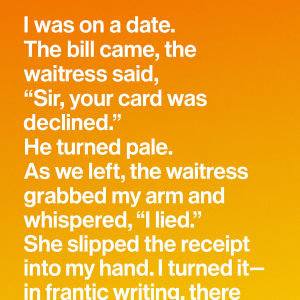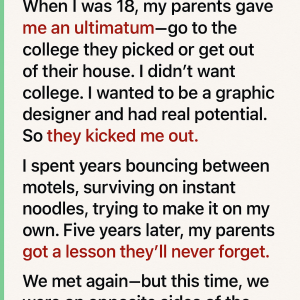Each year, this “world’s most dangerous food” claims over 200 lives — yet nearly half a billion people continue to consume it.
Sure, there are plenty of foods out there that could fill you up in seconds, but these aren’t typically the items you’d find gracing your dining table on a regular basis.
So let’s shift our focus to an actual food that millions consume globally. What could it be?
Cassava — both as a crop and a dietary staple — plays a critical role in countless communities worldwide. Nearly 500 million people rely on it annually, with production reaching hundreds of millions of tons.
Native to South America, cassava has earned its place as a beloved staple in many cultures. Yet beneath its widespread popularity lurks a genuine threat.
Here’s the problem: the plant’s stems, outer skin, and foliage all contain toxic compounds capable of releasing hydrogen cyanide, making them extremely dangerous if consumed without proper treatment.
According to the World Health Organization (WHO), roughly 200 deaths occur each year from cassava poisoning — a grim statistic that’s earned it the infamous title of “world’s most dangerous food.”
The WHO explains: “Cassava tubers contain a varying quantity of cyanogenic glucosides which protect the root against attack by animals and insects. Appropriate processing before consumption can reduce cyanogenic glucoside content of cassava. When high cyanogenic cassava is not processed correctly, high dietary cyanide exposure occurs.
“This often happens during times of famine and war. Cyanide in cassava is associated with acute cyanide poisoning and several diseases including konzo.
“Konzo is an irreversible spastic paraparesis of sudden onset, associated with the consumption of bitter cassava 22, 23 and a low protein intake. It is a disease of extreme poverty. Konzo mostly occurs in epidemics, but sporadic cases are also reported.”
Despite its alarming reputation as the “world’s most dangerous food,” millions consume cassava daily without incident.
So what’s the secret to safe cassava consumption?
The answer lies in proper preparation. Ensuring cassava’s safety requires careful processing of the plant, which can involve soaking it for as long as 24 hours.
According to El Pais, deaths in Venezuela were linked to people consuming improperly prepared cassava during periods of severe food scarcity when survival meant eating whatever was available.





